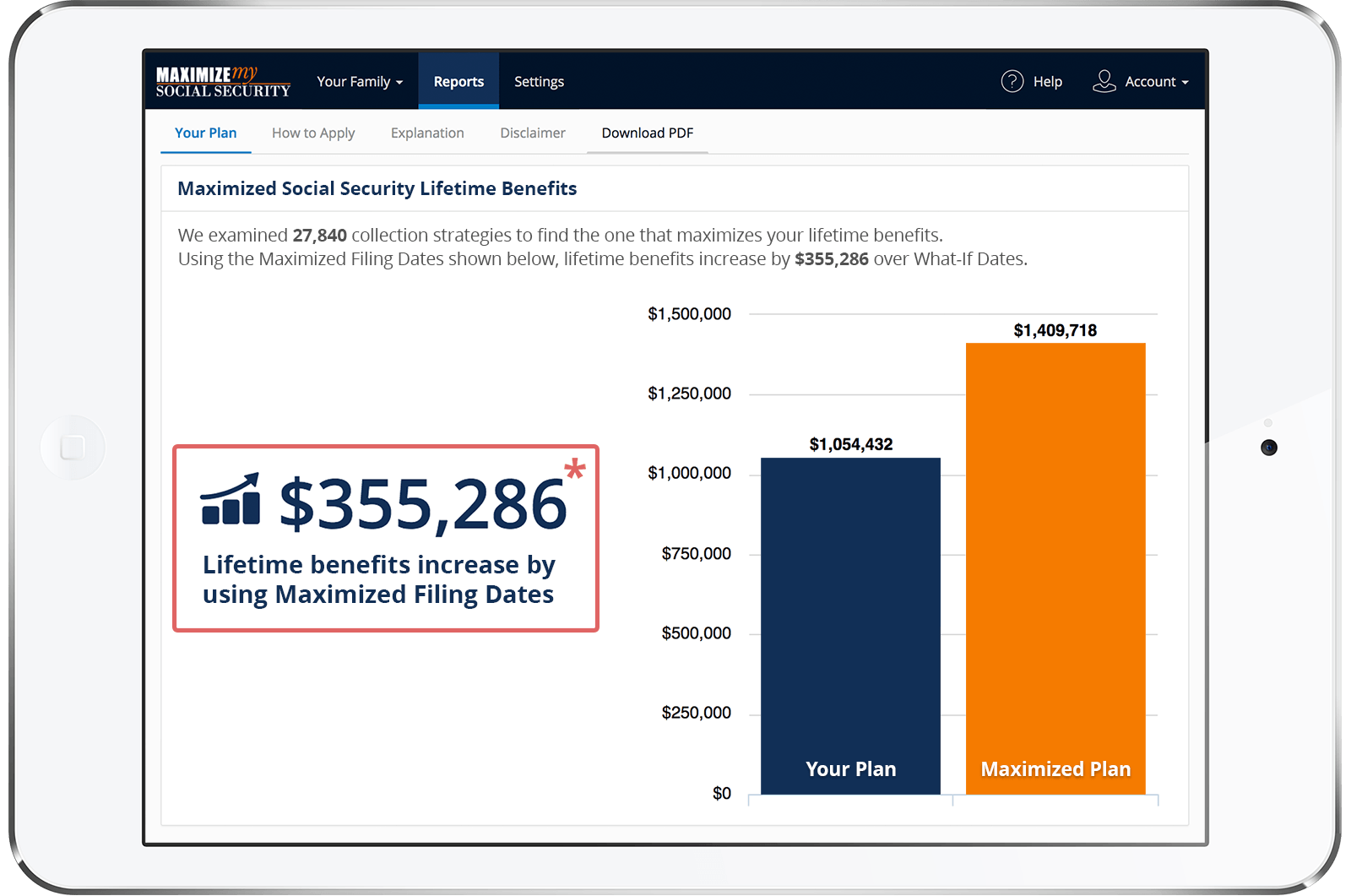My 66th birthday is this October (i.e. I reach my FRA 10/2020) and I plan on applying for benefits. I enrolled in Medicare A/B/D effective with my 65th birthday and have been making payments out of pocket.
As I understand it, I must have Medicare premiums withheld from Nov and Dec checks in order for the 'hold harmless' provision to apply this year. (Given recent covid events, I'd guess upcoming COLA will be minimal and Part B premium increase will be sizable.)
So... When I get on the SS web-site to apply, is there anything I need to do to be ABSOLUTELY SURE that Part B premiums will be deducted from those two checks? Or would I better off going to an office (assuming they start doing office hours soon) and explicitly state my desire to a rep? Thanks!
Hi,
I don't think it will matter whether or not you file your application online, by phone or in person. As long as your initial month of entitlement to monthly benefits is no later than November 2020, you'll be eligible for a 'hold harmless' part B premium rate in 2021. Your Medicare premiums will automatically start being withheld from your benefits when your payments begin.
There's really no way to guarantee that everything will go smoothly if in fact the hold harmless provision actually ends up applying with regard to your premiums. About the best you can do is file early--Social Security allows you to apply up to 4 months in advance of the month you want to claim benefits--and be sure to answer the Medicare question on your application properly. Even though you already have part B Medicare coverage, you'll be asked on your application if you want to enroll in part B of Medicare. You'll want to answer that question 'yes', since a 'no' answer would indicate that you no longer want part B. Answering 'yes' won't result in a duplicate enrollment.
It's quite possible that you'll be billed for part B premiums that will end up also being withheld from your benefits. Out of pocket Medicare premiums are billed quarterly (i.e. for 3 months) and in advance. If you're billed for a 3 month period that includes months before and after your first month of monthly benefit entitlement, I would suggest that you go ahead and pay the quarterly premium. Part B premiums will still be automatically withheld from your benefit payments, but any duplicate premiums you end up paying will be refunded automatically. In my experience, such duplicate premiums are almost always refunded within 60 days.
We do not recommend that people alter their filing strategy in order to become eligible for 'hold harmless' Medicare premiums, though. Any lower premiums that result are almost certain to only be temporary, and any short term savings would likely be small in comparison to the potential long term gains that may be provided by starting to draw your benefits at the best possible time.
For example, say Bill's monthly benefit rate at full retirement age (FRA) is $2000. Bill elects to start drawing his benefits in November 2020 when he reaches FRA, because he anticipates that his part B premium rate will increase by more than his benefit rate will next year. Let's assume that Bill's income is low enough to qualify for the base part B premium rate (https://www.medicare.gov/your-medicare-costs/part-b-costs) and there is no Social Security cost of living (COLA) increase in 2021, but the standard part B premium rate increases from $144.60 to $164.60. Since Bill started having part B premiums deducted effective with his benefit payment for November 2020, he qualifies to have his 2021 part B premiums frozen at $144.60. As a result, Bill's net benefit payment after part B premium withholding would continue at $1855.40 (i.e. $2000 - $144.60), or $1855 after rounding down.
However, let's say that in 2022 there is a 2% Social Security COLA and the base part B premium rises to $184.60. Bill's gross monthly benefit rate would then increase from $2000 to $2040 (i.e. $2000 x 1.02). Bill paid a Part B premium rate of $144.60 in 2021 and the new standard part B premium in 2022 in our example is $184.60, or $40 more than his previous premium rate. And, since Bill's benefit increase was also $40, that increase is high enough to cover the new standard premium rate of $184.60 without reducing Bill's benefit payment. Thus, Bill would continue to be paid a net benefit rate of $1855 after the new full base premium amount is deducted (i.e. $2040 - $184.60).
I can't predict the future of course, so be aware that all COLA & future part B rates used in the example above are fictitious. I have no idea what the actual future COLA & part B premium rates might be. But, in our example, Bill only saved a total of $240 (i.e. 12 months x $20) in part B premiums by starting his benefits at FRA, and starting with 2022 he's back to paying the full base part B premium rate. If Bill had instead chosen to wait until age 70 to start drawing his benefits his gross monthly benefit rate would have risen from $2000 to $2640, and that higher rate could have potentially been passed on to his widow in the form of a higher survivor benefit rate.
Before deciding when to start drawing your benefits, you should strongly consider using our software (https://maximizemysocialsecurity.com/purchase) to fully explore and compare all of your various options so that you can determine the best strategy for maximizing your benefits.
Best, Jerry
